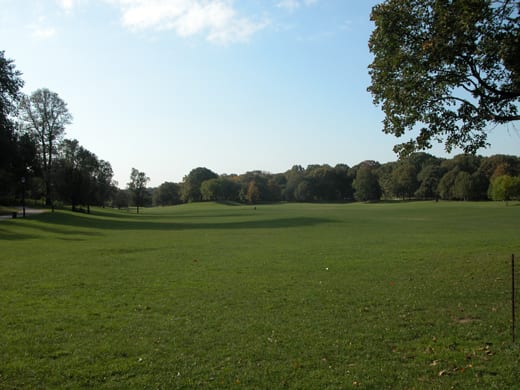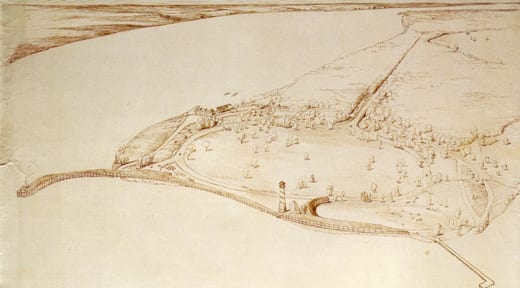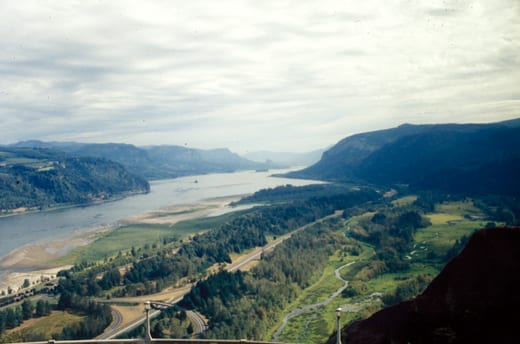NEW BOOK SERIES: DESIGNING THE AMERICAN PARK
“Designing the American Park,” a new series within the Library of American Landscape History, launches this year with the publication of Frank Kowsky’s, The Best Planned City in the World: Olmsted, Vaux, and the Buffalo Park System.

The new series will be based on the conviction that park landscapes are among the richest of cultural expressions. As works of design they are among the most significant achievements of American art and society and merit the attentions of our finest art and social historians. The historical events and themes that motivated their creation—the reform of the city, the roots of environmentalism, the changing meaning of nature in American art—give park history a broad appeal.

While parks are often touted as “America’s best idea,” there has been no series of scholarly publications devoted specifically to the history of their design. The intention of the new park series is to attract a generation of contributors who are ready to forge a mature vision of this unique chapter in American cultural history.

Park design is not only understudied, its essential purpose and character are often misunderstood. Our “best idea” has only remained so because it has been constantly reinvented through new design. Design is what makes it possible for the public to enjoy a natural area while limiting the impacts of that use. Design is the difference between a vacant lot and a playground. Designing the American Park will not only be a scholarly contribution, but will help reclaim, inform, and redefine the purposes of park design today.